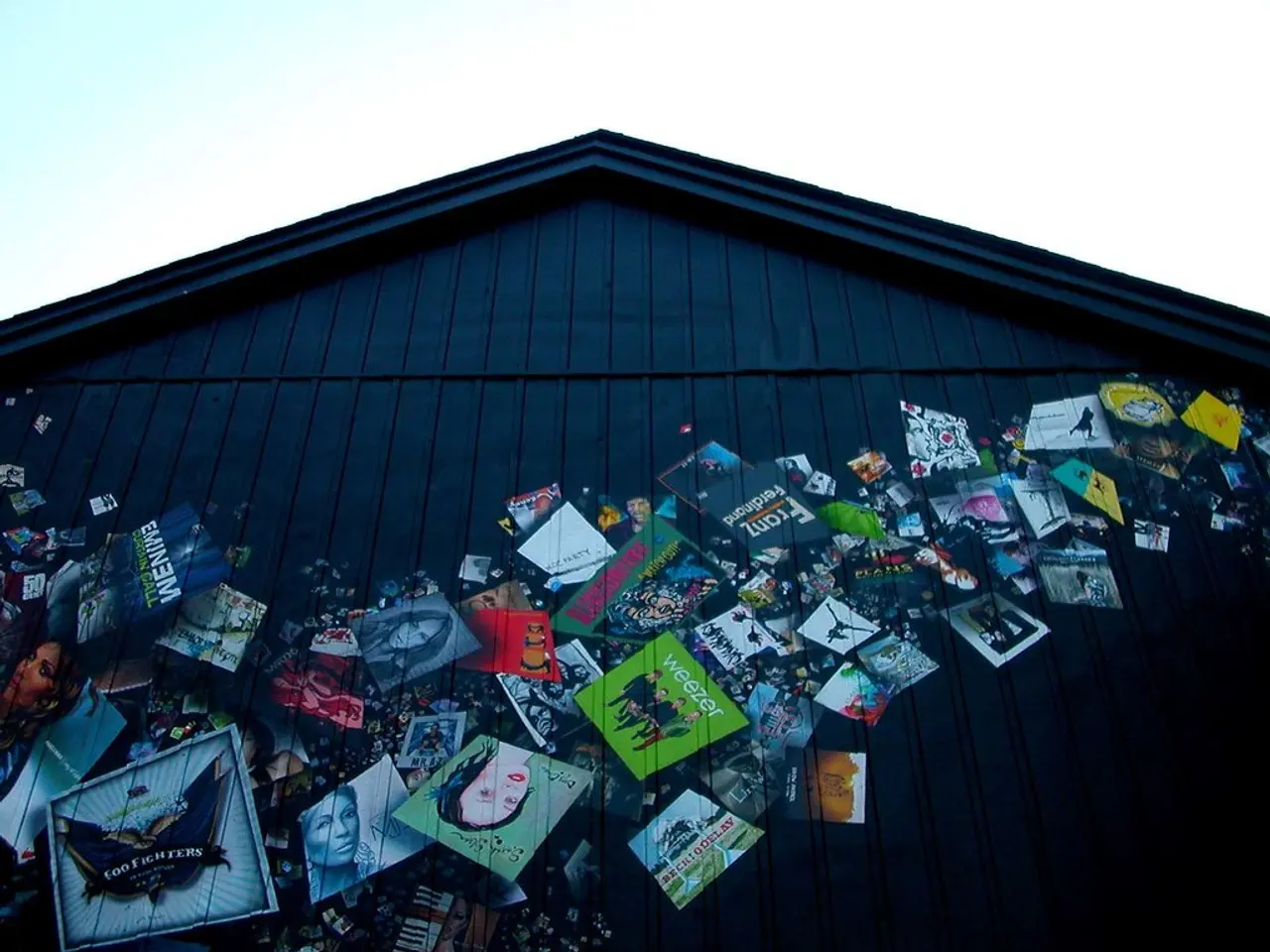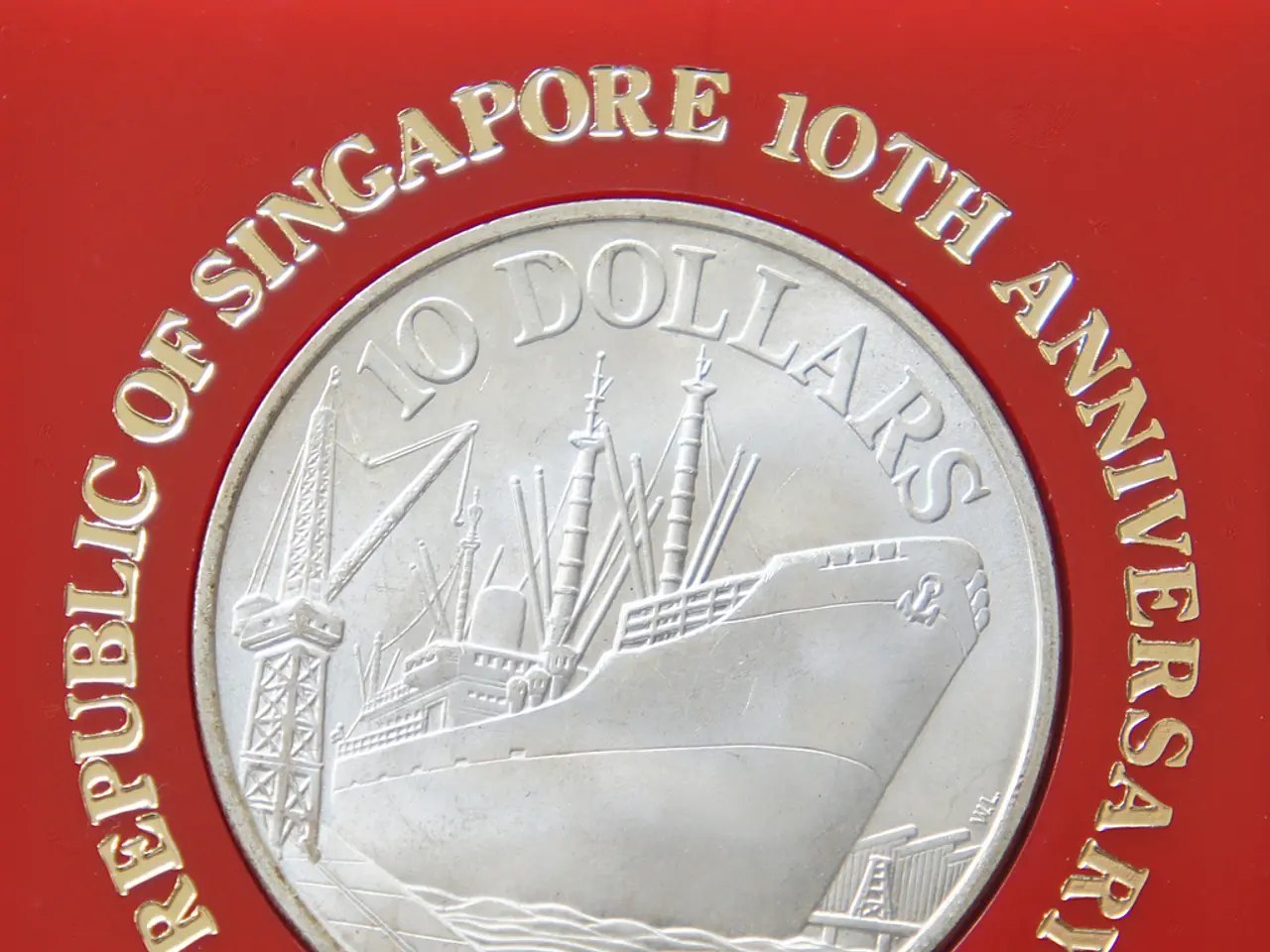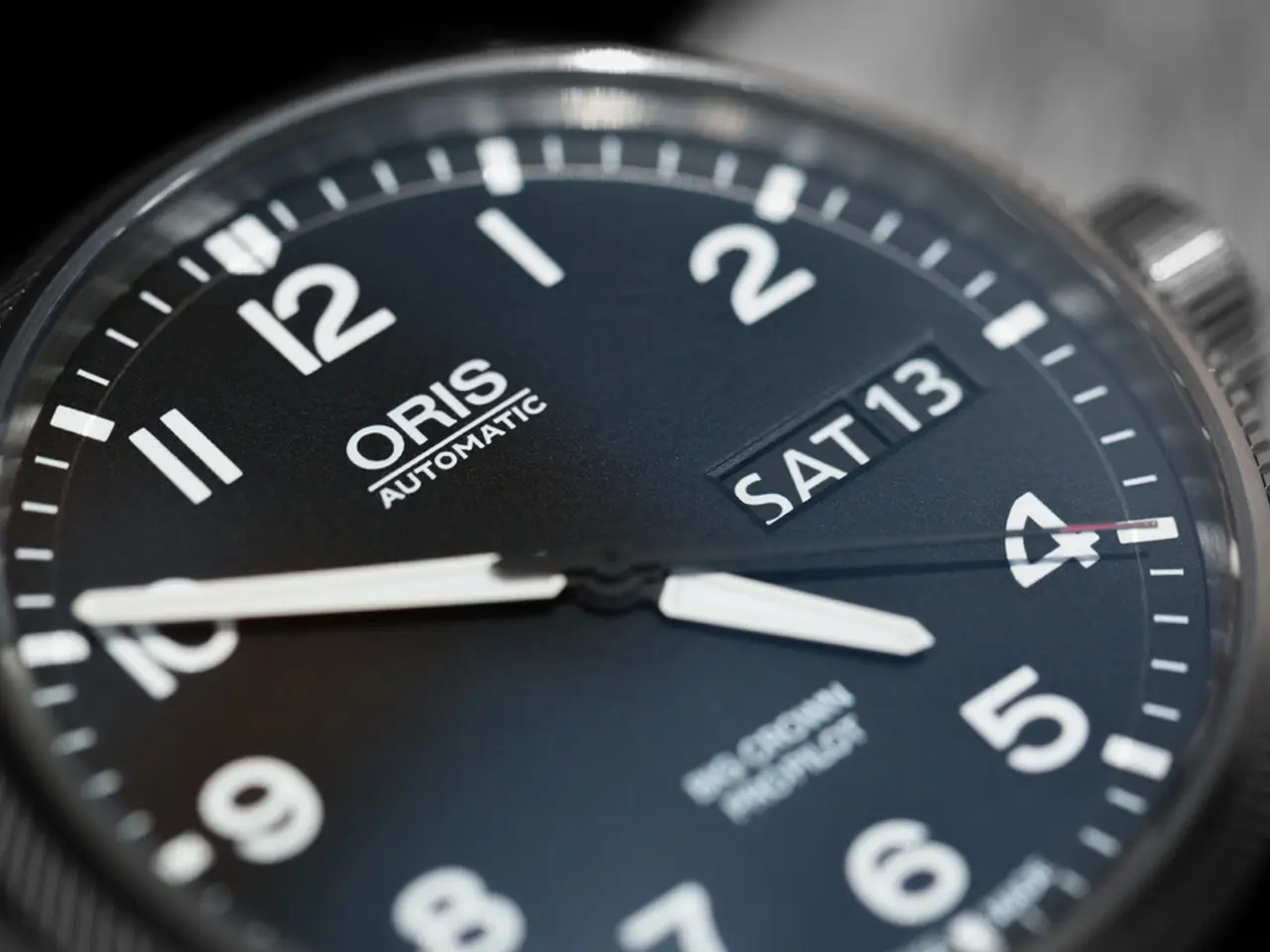A Fresher Look for Deutsche Bahn's Long-Distance Trains - Passenger Group Warns of Short-Term Capacity Crunch
Passenger Organization Expresses Concern Over Fleet Shortage After Train Modernization - Railways Modernize Rolling Stock - Passenger Group Foresees Capacity Strains
In a bid to give a new lease of life to its long-distance trains, Deutsche Bahn is planning to trim the average age of ICE and IC trains from 18 to 12 years by 2030. This refresh intends to boost reliability across the railways.
However, the Passenger Association Pro Bahn sounds the alarm: Rather than retiring too many elderly trains, the process might move too slowly, leading to fewer train offerings on specific routes. Lukas Ifflaender, a board member of Pro Bahn, advocates for a cautionary approach.
ICE 4 Sharpens the Focus
The modernization of Deutsche Bahn's train fleet is well underway. Manufacturer Siemens Mobility delivered the last of 137 new ICE 4 trains in March last year, marking the first long-distance train to feature bike storage facilities. Packing a minimum of 444 seats, ICE 4 trains reach speeds up to 265 km/h, and they play a significant role in the current ICE fleet. Since 2017, the number of ICE trains has grown from approximately 270 to around 400 with the addition of these vehicles.
The revamp of the ICE-3 series, dubbed ICE 3 Neo, is also in progress. By 2028, 90 of these trains are expected to be operational. This year, 15 ICE 3 Neo are set to join the fleet, followed by another 16 in the year to come. These trains exhibit frequency-transparent windows to enhance mobile phone reception and other advanced features.
For now, ICE 3 Neo is deployed on high-speed routes between North Rhine-Westphalia and Munich via Frankfurt and Stuttgart, as well as on international connections from Frankfurt to Amsterdam and Brussels.
Hiccups with ICE L
Delivery issues, however, persist with another new order, the ICE L, manufactured by Spanish company Talgo. Initially, the first ICE L trains were rumored for late 2021 deployment. Currently, delivery isn't expected before the second half of 2022, with as many as four trains not arriving until 2025. Optically, the ICE L vehicles closely resemble Intercity trains rather than ICE trains.
"Deutsche Bahn Fernverkehr's fleet strategy has a clear objective of revitalizing and modernizing the fleet to stabilize operations," the corporation stated, emphasizing their dedication to this goal. This strategy appears to be working, with the availability of ICE-4 and ICE-3 Neo trains demonstrating a marked improvement over older series. Thanks to refined maintenance concepts, drive failures have been reduced by 58 percent between 2019 and 2024.
However, the new trains have not yielded increased punctuality – more than a third of all long-distance trains are still tardy.
Pro Bahn's Criticism and Concerns
Pro Bahn is less enthusiastic about the railway company's figures, with Ifflaender remarking, "Overall, we find the vehicle strategy highly chaotic." Among his primary concerns is the phasing out of older trains, some of which will result in fewer seats on certain routes before the new trains take over. This stretch, he admits, may cause discomfort for passengers. "Traffic turnaround - no thanks," he adds, highlighting his frustration.
Specifically, in April of this year, Deutsche Bahn decommissioned 14 older ICE 3 trains of the 406 series from service. Ten more older trains of the 415 series, or the so-called ICE T trains, are also set to be phased out by the end of the year. By 2027, around three dozen ICE-2 trains, which have been in operation since 1996, are expected to be gradually removed from service. Recently, Deutsche Bahn sold 17 double-decker trains of the Intercity 2 KISS type to the Austrian Federal Railways after purchasing these trains in 2019 to cope with vehicle delivery delays[1].
The Fluctuating Fleet and FlixTrain's Countermeasures
It remains unclear whether the withdrawn trains can be replaced quickly enough by the delayed new additions[2]. The repercussions are already evident. "The early train from Leipzig will no longer run with the change of timetable, as it has so far been operated with a five-car ICE T, which is to be taken out of service with the change of timetable," Ifflaender explained.
Deutsche Bahn concedes that the number of ICE trains in the fleet may fluctuate in the coming years due to the phase-outs and the arrival of new trains. However, in the medium term, they claim the number will remain "at a comparable level with increasing seat numbers."
Ifflaender remains skeptical about this assertion: "Although the seat capacity theoretically increases until 2029, it actually decreases due to poor fleet availability, as even new vehicles are often defective in front of the workshops."
Meanwhile, private operators like FlixTrain are bolstering their presence in the market, ordering around 30 new high-speed trains, with an option for additional 35. These trains, manufactured by Talgo, are expected to cost up to 2.4 billion euros, including maintenance[3]. It remains uncertain when they will be delivered.
- Passenger Association
- ICE
- Long-distance fleet
- Pro Bahn
- Bottleneck
- Fleet
- Vehicle
- German Railways
- Seat
- Frankfurt
- Berlin
- Bicycle
- ICE fleet
- North Rhine-Westphalia
- Munich
- Stuttgart
- Amsterdam
- Brussels
[1] Boris Baumann, "Siemens set to build 1,400 additional ICE trains for Deutsche Bahn," Railway technology, March 26, 2020, accessed April 24, 2023, https://www.railway-technology.com/projects/siemens-ice-trains-deutsche-bahn/
[2] "Fernverkehr: Bahn muss Wagen auf higheschalsen ausmustern," Frankfurter Allgemeine, January 19, 2021, accessed April 24, 2023, https://www.faz.net/aktiell/wirtschaft/bahn/fernverkehr-bahn-muss-wagen-auf-higeschtsalen-ausmustern-17193757.html
[3] Claudia Doran, "Flixtrain to increase fleet and negotiate maintenance contract," Railway Gazette International, November 25, 2021, accessed April 24, 2023, https://www.railwaygazette.com/news/main/single-view/view/flixtrain-to-increase-fleet-and-negotiate-maintenance-contract.html
[4] "Bahn modernisiert Schnellfahrwege," Deutsche Bahn AG, accessed April 24, 2023, https://www.deutschebahn.com/service/adresswelt/deutschland/pressemitteilungen/article/bahn-modernisiert-schnellfahrwege.html
[5] Andy Müller-Maguhn, "FlixTrain zieht 30 neue Hochgeschwindigkeitszüge von Talgo in Auftrag," Heise Online, November 25, 2021, accessed April 24, 2023, https://www.heise.de/fun/news/FlixTrain-zieht-30-neue-Hochgeschwindigkeitszuege-von-Talgo-in-Auftrag-4761657.html
The Community might express concern over Deutsche Bahn's potential inability to swiftly retire older trains, such as the ICE 3 trains of the 406 series and the ICE T trains, which could temporarily lead to a decrease in seat availability on specific routes, as some trains are yet to be replaced by the new ICE 4 and ICE 3 Neo trains.
In the context of Deutsche Bahn's modernization plans for its long-distance fleet, there is a need for a well-balanced financial strategy that ensures the timely delivery and commissioning of new trains, such as the ICE L, to avoid any gaps in vocational training, maintenance, or transportation services.








